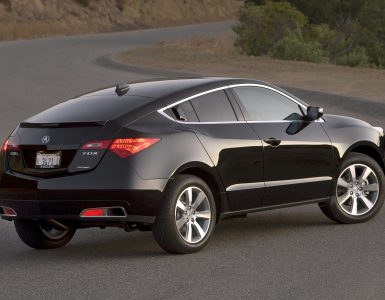The National Highway Traffic Safety Administration (NHTSA) can be the one responsible for ordering car recall and the car manufacture can also issue the recall voluntarily. Many of the car recalls happening today might have been prompted by the National Highway Traffic Safety Administration after end users have lodged complaints, but they are still termed as “voluntary” manufacturer recall.
Either it is termed voluntary or not, virtually all car recalls are as a result of complaints lodged to the car maker or National Highway Traffic Safety Administration by the end users. When reporting to National Highway Traffic Safety Administration, the end user forwards such report to the Office of Defect Investigation (ODI).
In order to ensure assured and faster investigative process on a car, consumer advocates think it is better to report directly to ODI. The reporting follows a rather easy process. Reports can be written and filed in minutes using the special online form provided by National Highway Traffic Safety Administration.
The National Highway Traffic Safety Administration can take up the recall if there are few number of reports relating to safety issue or if there is there is huge number of reports on the same issue, the National Highway Traffic Safety Administration will be forced to take action and issue a recall order on the car.
According to federal law, the manufacturer must get all the owners of the car notified once the National Highway Traffic Safety Administration has decided to issue recall on the particular car. These car owners are to be contacted via registered mail. In the notice, the manufacturer is expected to explain to the car owner what potential danger they are exposed to due to the particular fault detected.
The detail must inform the car owners that they will not pay for the fixing. They should be told when they are supposed to bring their car in response to the recall and be informed on how long the fixing will take. The car owners should equally be informed on who they are to contact in the event they have problem getting free recall fixing.
Media release is usually used in publicizing virtually all recalls and such media release is usually provided by the manufacture and National Highway Traffic Safety Administration. The media release would have been made public several weeks or months before the manufacture contacts the car owners via mail. Via the media release, any of the car owners without accessible email can still get the recall notice. Edmund reserves a section on its website, the Car News section, in which any major recall is reported on weekly basis.
There are times the car owners would get the fault repaired even before the recall is made public. The manufacture will however have to pay the car owner back every dime spent on such repair once the recall is made public, provided the car owner make available proper receipt of the repair. If the repair had been carried out by the car owner up to 1 year before the recall was issued, the manufacture is compelled by law to reimburse the car owner if the repaired issue is related to safety.
In the event the National Highway Traffic Safety Administration opened formal “engineering analysis” over a year before the recall, the term of eligible compensation begins from the particular date that analysis was opened.
The National Highway Traffic Safety Administration states that car recalls do not have any specific expiration date, but are made open for reasonable period of time. If the manufacture is out of business or if the parts needed for such repairs are not being produced again, that automatically signifies the ends the recall.
The National Highway Traffic Safety Administration requires the manufacturer to report on quarterly basis the number of car owners that have not been contacted, the number of cars that had been fixed and the number of cars that have undergone inspection. The National Highway Traffic Safety Administration can order the manufacturer to send mails to car owners again if there is need for additional effort to reach them.
If a vehicle owner has not shown up long after the recall had been issued, the manufacture can go a step further by using an annual DMV registration lists made available by two data companies, Equifax and Polk, to search for the vehicle. Toyota and Honda stated that they had to make use of telephone lines to contact these car owners at some point.
National Highway Traffic Safety Administration has set up a new program enabling car owners to check for any open recall on any individual vehicle that had been on sale since 1999 via the Vehicle Identification Number (VIN).
The manufacture can carry out repair without charging the car owner up to a certain extent. Those any car older than 10 years after the defect got detected is not eligible for free fixing. You can get list of processes involved in recall on National Highway Traffic Safety Administration’s recall process website.





Add comment